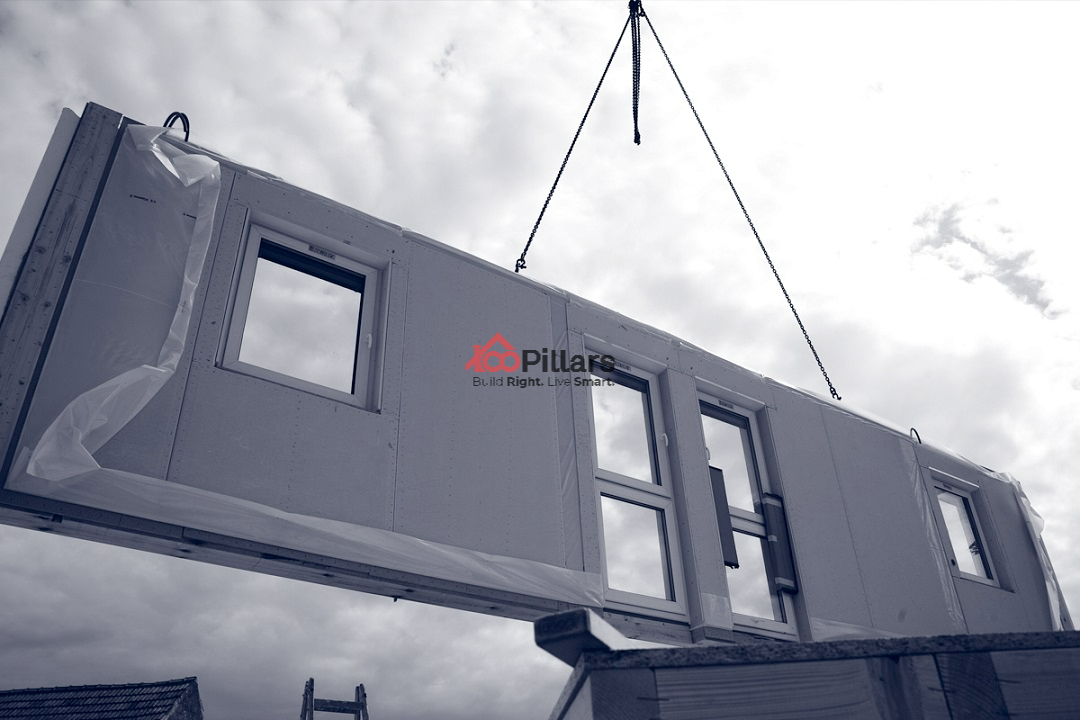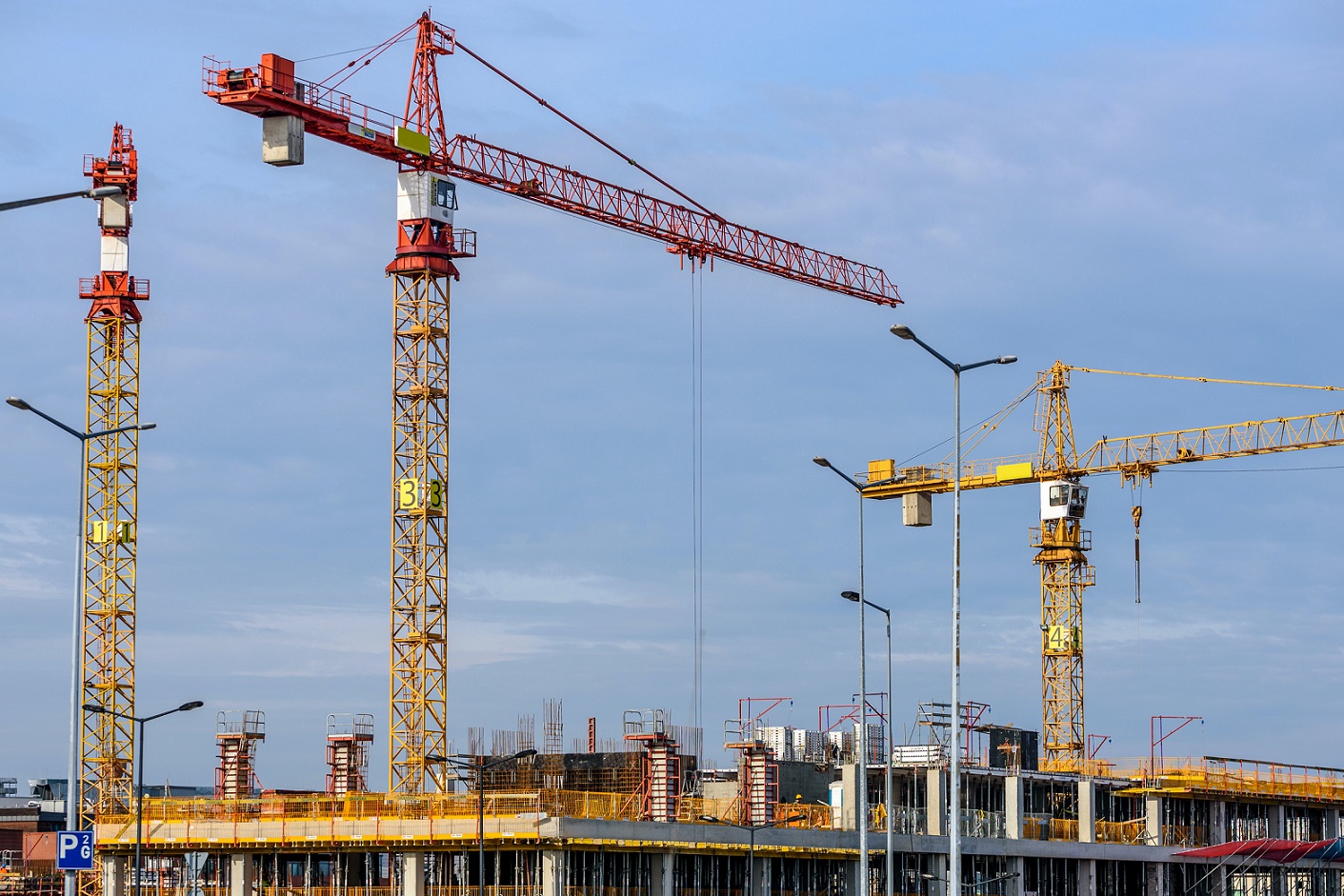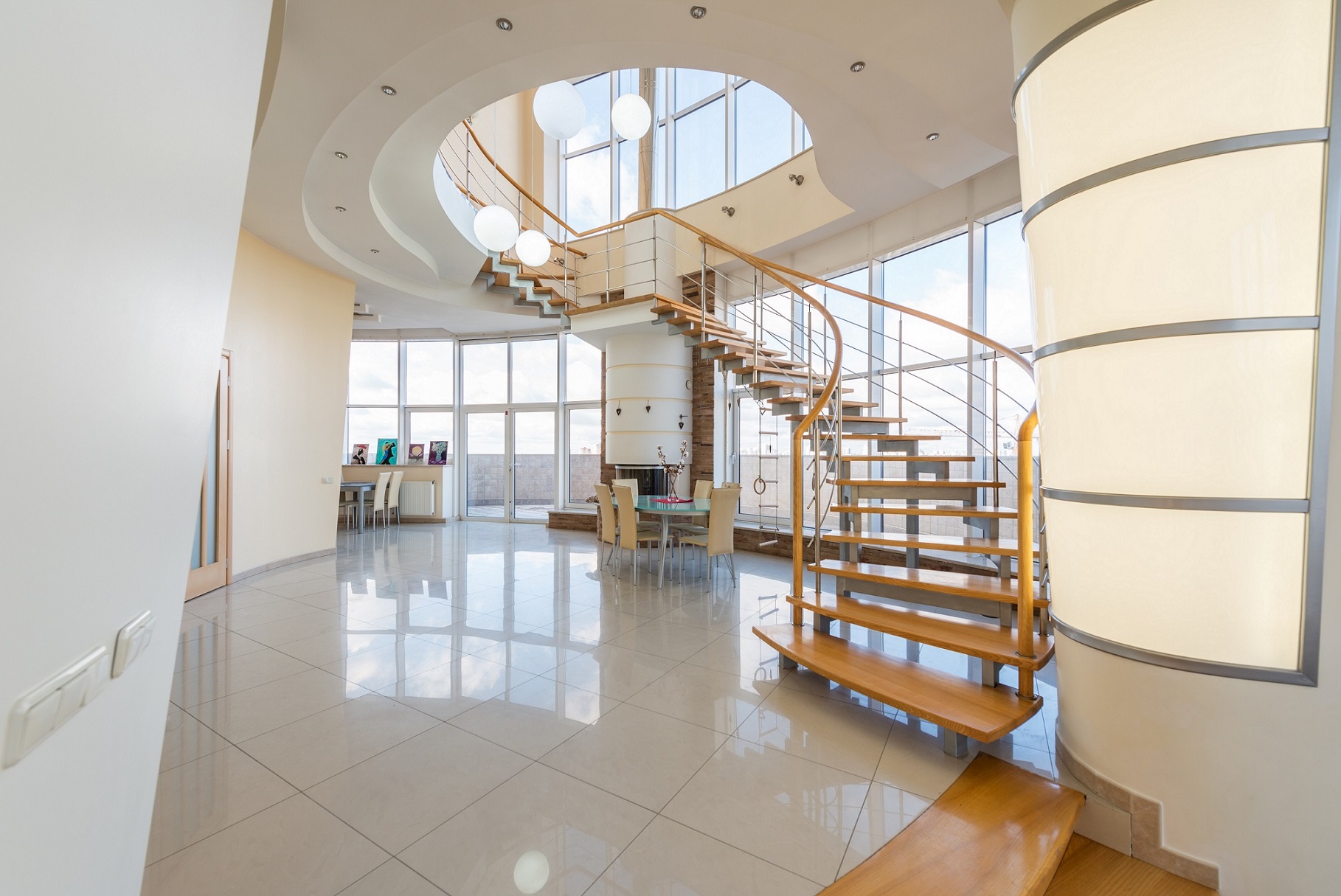The construction industry of the past has not been credited with the early or rapid adaptation of technology. In the last 2 decades, however, this has begun to change. With the industry becoming more organized and more key players adopting a corporatized structure, construction has increasingly become adaptive to technological trends.
Modern customers, both retail and business alike, are looking beyond costs and towards the total ownership experience. Timelines have become more demanding and there is a major focus on sustainability and efficiency. To cope with all this and be future-ready the construction industry has started embracing technology at an exponential rate. So much so that many technologies are being developed exclusively to meet the demands of the construction industry.
This article will cover 10 of the most important technological trends that have made strides in the construction industry. A basic understanding of these will help you immensely when setting out on your project, be it your dream home or commercial project.
Building Information Modeling (BIM)

Building Information Modeling popularly known as BIM is a holistic way of assimilating and managing all the information related to a building asset. Cloud-based BIM models are a great way to collate all the information that the stakeholders of the project will ever need, into one single model. BIM models can be produced and accessed from anywhere and actions like viewing, editing, etc can be performed with ease.
The level of detail (LoD) of a BIM model is usually set and agreed upon before a project starts. Depending on the LoD, BIM models will have multidisciplinary data spanning across the lifecycle of a project. BIM has reduced time-consuming processes like clash detection, multidisciplinary coordination, and clash resolution into a few clicks.
BIM has evolved from 3D models which used to have only the elements related to building like the shape, dimensions, etc to 5D models which can plan the sequence of construction, develop logistics plans, produce construction schedules, budget and even be linked to the supply chain.
Virtual Design and Construction (VDC)

Virtual Design and Construction or VDC is a relatively new concept in the construction industry. It is closely related to BIM and makes use of the BIM models and all associated information.
What VDC does is simple. It makes use of existing models to plan and generate elaborate detail-oriented construction plans. It should be thought of as a construction management technology. VDC focuses on the project schedule, budget, resource estimation, etc.
VDC helps reduce the overall risk on a project by eliminating potential problems that would have occurred without the foresight that it offers. It is also known for optimizing processes, thereby minimizing waste and project cost.
Internet of things (IoT)

The Internet of Things concept is fast becoming omnipresent in construction. Commonly called smart devices, these individual pieces of technology come together to form an ecosystem that helps control, monitor and track various aspects of construction and building management. It has become so extensively used that even the common household is fast becoming a smart home.
A series of monitors and sensors placed on-site can help managers and supervisors monitor activity remotely during construction. Everything from the efficiencies of the workforce to monitoring the movement of material and labor can be tracked and recorded. Sensors placed on safety vests, belts and hard hats can enhance a site’s safety by warning the wearer of hazardous material in the vicinity or being present in an accident-prone zone. Construction material mounted and stored on pallets equipped with weight and motion sensors can give accurate accounts of site availability and material movement. RFID tagged equipment and material can be tracked closely to prevent pilferage and wastage.
RC Modular Construction

Modular construction or precast construction is a technique that has been around for many years now but is recently gaining traction due to the growing space constraints and reducing time scales available for construction. To understand precast construction easily, think of it as Lego blocks that are put together on the site to form a complete building.
RC elements are produced in controlled factory environments which enhances the quality and minimizes errors. With careful planning and coordination of details, precast elements can be manufactured in factories including finishes, provisions for electrical and plumbing works. This leaves very little work to be done on the site, apart from correctly assembling the elements and sealing the joints.
Weight of each element, type of connection between 2 elements, and waterproofing are a few key aspects that need attention during designing and executing precast elements. While slightly on the higher side of cost, if time is your top priority, then precast technology is the right choice for you.
Prefabricated Steel Framework

In its true sense, a prefabricated steel framework is also a form of precast technology. Steel elements – columns, girders, beams, flooring deck sheets, roofing sheets, staircases, etc are manufactured in factories, transported and assembled on site.
The sections are lighter when compared to concrete, thus reducing the overall weight of the structure. But weathering of steel, fireproofing, etc are important factors that are to be considered and they invariably increase the overall cost. One way to have the best of both worlds is to have concrete-encased steel frameworks which will take care of exposure to weather and fire. From a strength perspective, concrete infilled steel tubes is a popular solution.
Again, if time is your priority and you cannot wait for setting cycles and other interdependencies then, a prefabricated steel framework is the way to go. Sleek and shiny prefabricated steel frameworks can give your buildings an aesthetic uplift while giving you early returns on investment.
Artificial Intelligence (AI), Virtual Reality (VR) and Augmented Reality (AR)

With remote working and remote management of projects becoming a norm even in the construction industry, and fewer people working onsite, technologies like AI, VR, and AR are becoming a necessity.
Artificial Intelligence (AI) is being used the most in surveying and planning. But at the same time, AI-powered systems can be used to convert large quantities of data into meaningful 3D models, maps, blueprints, etc. Then some AI-powered virtual assistants take advantage of machine learning and can be used to check quality or deficiencies in construction.
Virtual Reality (VR) allows interacting digitally or virtually in a shared landscape. It brings together people who are sitting in different parts of the world into a common model/walkthrough of a project in real-time. This in turn allows specialists and consultants to offer their recommendations to achieve project-specific goals.
Augmented Reality (AR) works by projecting a 3D image into a person’s line of vision, using their current surroundings as the background. What this essentially allows is a visualization of the space available for a project, how a design will look in a particular environment, its scale, style, aesthetics, etc. The power of AR is magical in the sense that you can see your project come alive onsite even before it is built using special wearable glasses, helmets or even using your phone’s camera. AR has now reached a place where you can make real-time changes (like during concept presentations and meetings) and these changes will reflect on the 3D image you see.
Living Building Materials (LBM)

Living building materials (LBM) is one of the hottest trends in the construction industry which is being widely researched. These materials are formulated taking inspiration from nature. LBM can be any form of bacteria or fungi which has sufficient strength to be used as a building material but will have the resilience of a living system too.
Cyanobacteria and mushrooms containing mycelium are the ones that are showing encouraging results. These materials when introduced and allowed to react naturally with other materials develop strength and regenerative properties which makes them truly sustainable. They can even be formed into building blocks (bricks) and when allowed to thrive reproduce other bricks!
There is another category of materials which are not exactly LBM, as they cannot be classified ‘living’. But these materials like biocrete, bioreceptive concrete etc are equally sustainable. Biocrete is manufactured from 95% recycled materials and in some cases from 100% recycled materials. They can be a substrate that sustains plant and animal life by supplying essential nutrients.
Their ability to absorb CO2 and reduce pollution in the surrounding is another notable characteristic. With its self-healing capabilities, great acoustic and insulation properties, and low to zero maintenance cost, LBM is going to be the future of construction materials.
Construction Robotics

Construction robotics or the use of robots in construction is yet another trending technology that is helping in risk reduction, improving quality, minimizing errors, and faster execution. Robotics and machine learning have progressed to a point where we can use unmanned machines for automating many tasks like bricklaying, plastering, painting, welding, material handling, etc.
Some robots can perform the above-mentioned day-to-day activities on construction sites, and then there are GPS-enabled drones that can perform surveys, monitor progress in high-risk areas such as mines, tunnels, etc. Exoskeletons are another category – wearables, which help improve the efficiency of human labor on site.
The future of robotics in construction is very bright as the industry has started to see its benefits and improved efficiency.
3D Printing

3D printing is a technology that has been used successfully for the past few decades in industries like healthcare and aviation. But it has now taken fancy to the construction industry as well. 3D printing is currently being explored and employed in residential, commercial and even public works development projects.
Not just individual elements like walls, slabs, beams and columns, but entire buildings are being 3D printed too. The Office of the Future, Dubai – boasts about being fully 3D printed and that too in 17 days! 3D printing allows more creative freedom to the designers as they do not have to worry too much about constructability. Its speed, quality and waste reduction almost compensate for the high pre-production cost, including the cost of the 3D printer itself.
Project & Construction Management Softwares

Imagine a large project worth millions of dollars and millions of sqft. Now imagine managing such a project using just excel sheets, emails, meetings and reports. Be rest assured that project control will become an impossible feat, which will eventually translate down to project delays.
This is where project management and construction management software come in. Data is everything even in construction and reliable data is more so. You can develop and manage everything from your project schedule, budget, supply chains, document control to contracts on this software. In turn, they will track the progress, highlight variances, flag delays, and generate reports daily.
There are numerous management softwares available in the market today which can be customized to suit. You can choose from any of them depending upon the features you need, the interface you are comfortable with, and the integration you require with other softwares.
Trend-Setting Technologies
All of the technologies we saw above are real trendsetters, which are not fleeting fashion – they are here to stay. While some of them may still be evolving and are nascent, most of them are fully developed and widely adopted in the construction industry. So it is only a matter of time before they will be employed on your next project.
The market for these products has begun to thrive and there are various new players. So you must identify the right, reliable ones while choosing to go ahead. Factors like your requirement, budget, availability of the product, benefits, user interface, etc are some key aspects to keep in mind while choosing from these technologies.
This is where the expertise of tech-savvy consultants like 100Pillars can come to you. They will gauge your requirements and ensure that you have just the right technology that can be used to the project’s advantage while not going overboard.







